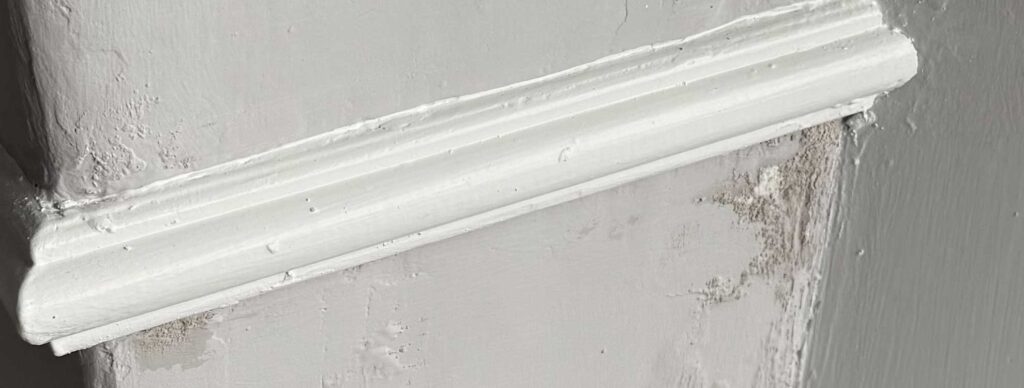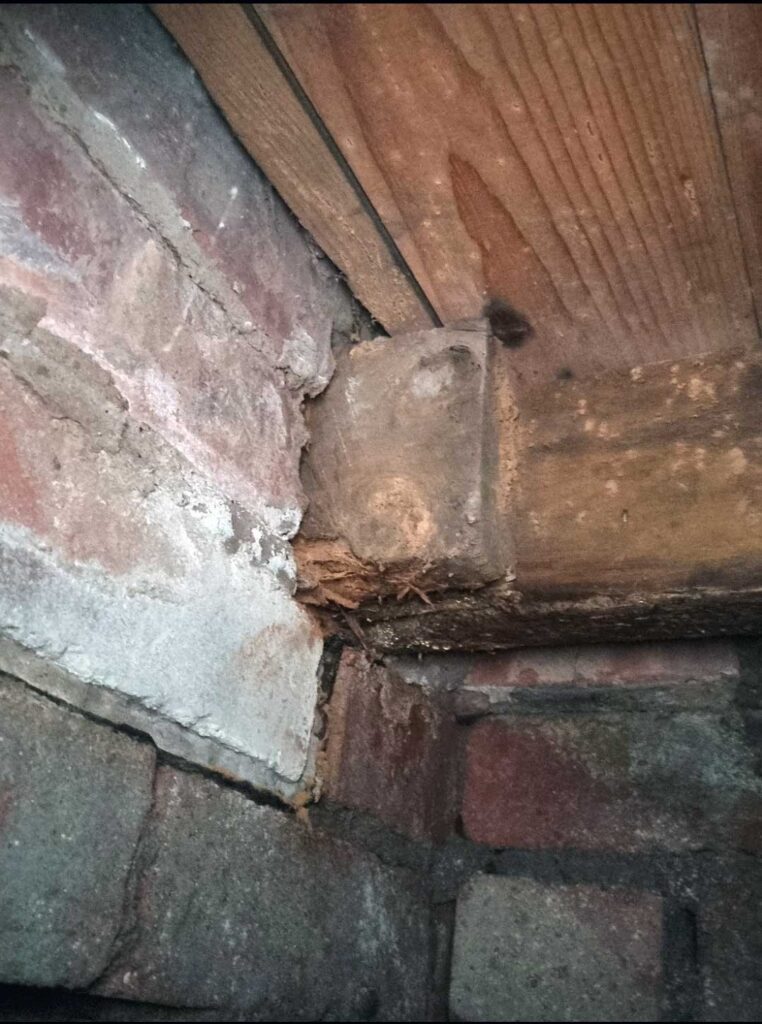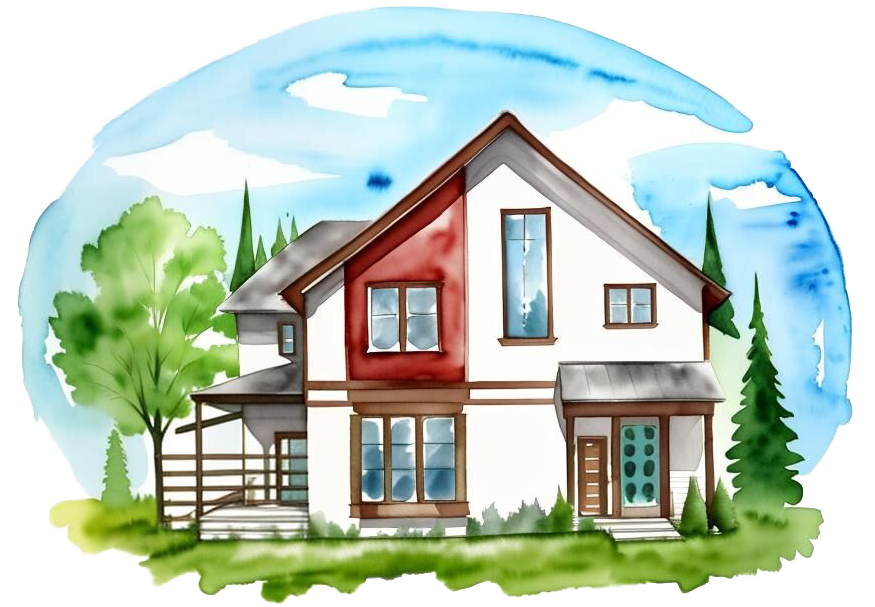Here’s a more detailed explanation of the key issues typically addressed in a Damp and Timber Report provided by UK Damp Surveys, including what each one means, why it matters, and what signs to look out for:
Rising Damp
Moisture from the ground moves up through the walls by capillary action, often due to a failed or missing damp-proof course (DPC).
Why it matters: It can cause structural damage, bubbling paint, crumbling plaster, and mould growth at lower wall levels.
Common signs:
- Damp patches and tide marks on ground-floor walls
- Peeling wallpaper and paint near skirting boards
- Musty odours
Penetrating Damp
Water entering the building through external defects like cracked walls, leaking roofs, or faulty gutters.
Why it matters: It can affect both walls and ceilings, leading to mould, staining, and timber decay.
Common signs:
- Damp patches on ceilings or high on walls
- Moss or algae on external walls
- Leaks during or after rain
Timber Decay
Wood damage caused by fungal growth in damp conditions. Includes wet rot (from sustained moisture) and dry rot (a more aggressive, spreading fungus).
Why it matters: It weakens structural timber, floors, and roof supports.
Common signs:
- Soft or crumbly wood
- Distorted or cracked wood surfaces
- Fruiting bodies (mushroom-like growths) in the case of dry rot
Woodworm Infestation
Infestation by wood-boring beetles whose larvae tunnel through wood.
Why it matters: Over time, it can compromise the strength of floorboards, beams, and roof timbers.
Common signs:
- Tiny round exit holes in timber
- Fine powder (frass) around the holes
- Brittle or hollow-sounding wood
Condensation
Moisture formed when warm, moist air meets a cold surface—common in poorly ventilated homes.
Why it matters: Leads to mould growth, especially on windows, ceilings, and corners.
Common signs:
- Water droplets on windows or cold walls
- Black mould, especially behind furniture
- Musty smell and poor air quality
Sub-floor Ventilation
Inspection of air flow beneath suspended timber floors (via air bricks and vents).
Why it matters: Poor ventilation can trap moisture, encouraging rot and woodworm.
Common signs of poor ventilation:
- Damp or musty smells in downstairs rooms
- Signs of timber decay in floorboards or joists
- Blocked or missing air bricks outside
Solid Floors
Assessment of concrete or stone floors for dampness and structural integrity.
Why it matters: Damp in solid floors can seep into internal finishes or furnishings and affect internal air quality.
Common signs:
- Cold, damp floor surfaces
- Flooring lifting or warping
- Salt deposits or white staining on the surface

Key Issues Summarised
Your Damp and Timber Report will be comprehensive in illustrating the key issues
These findings will be clearly laid out in your report with photos, readings, and recommendations. Knowing what each issue involves will help you understand both the risks and the necessary steps for repair.




